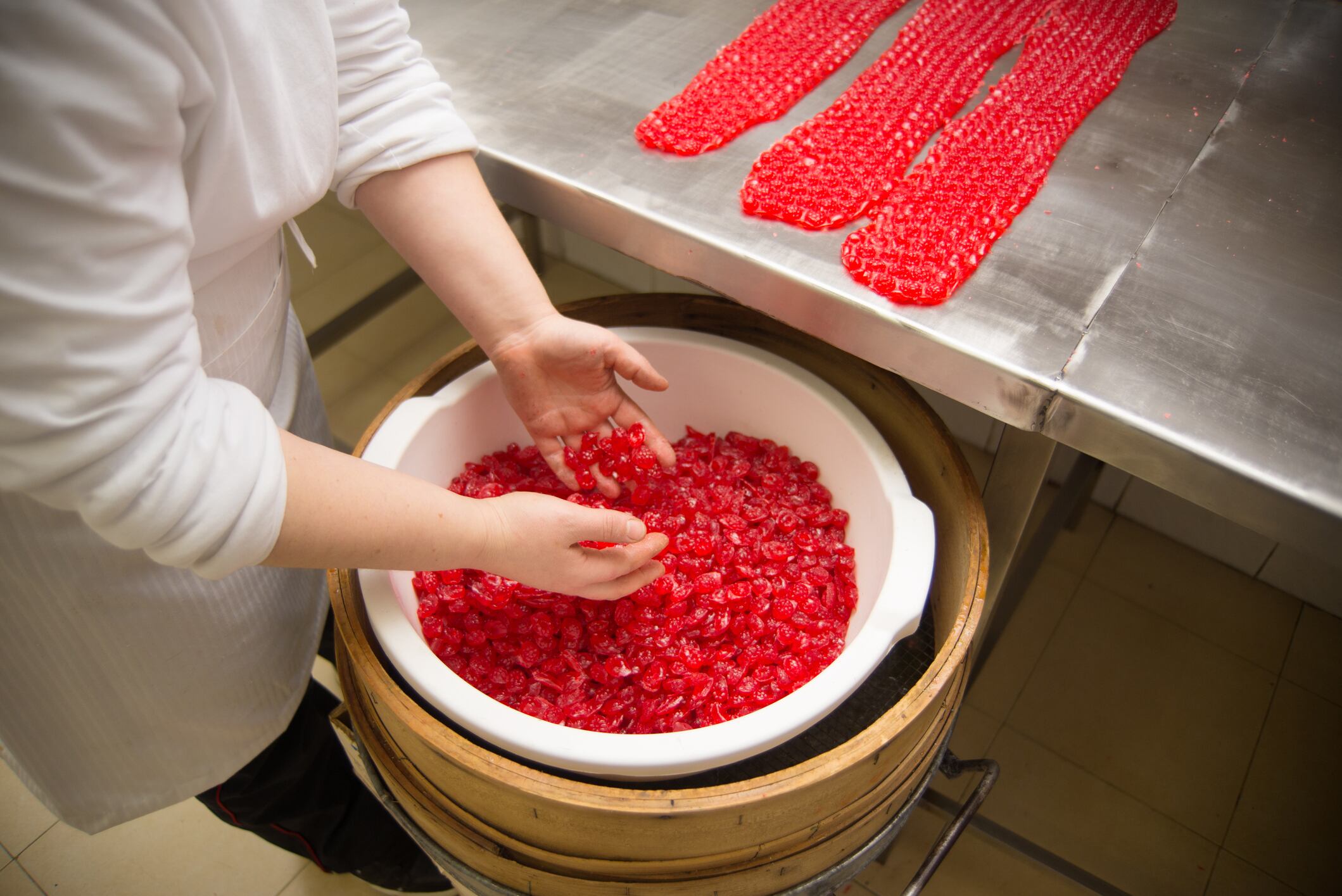According to previous data from the UK’s Food Standards Agency, confectionery has had the highest number of recalls and alerts out of any industry category. “For example, label errors typically account for the most significant number of recalls in the UK and Europe, followed by hygiene issues and foreign object contaminations,” says Phil Brown, Sales Director at Fortress Technology Europe.
Detection technologies are therefore prominent in confectionery manufacturing to help prevent product recalls, which can disrupt a brand’s reputation, sales and performance.
“Detection technologies serve as critical safeguards against the most common recall risks in confectionery—foreign object contamination,” says Phil Brown, Sales Director at Fortress Technology Europe.
Mixing, conching, aerating, scoring and moulding are standard confectionery processes. However, one particularly difficult challenge with these is detecting thin, flat metal flakes, also known as swarfs. “These contaminants often escape conventional single-plane metal detectors,” says Brown.
Finding formulations’ flaws
Metal detectors and X-ray systems can help confectionery manufacturers identify and reject contaminants like metal flakes, nutshells or dense plastic fragments at various points in production.
Using horizontal and vertical electromagnetic fields, metal detection technology can better detect flakes and foils in low-profile products like chocolate bars. Assessing signals from multiple angles can enhance the detection of challenging contaminants.
“In light of recent high-profile confectionery recalls involving metal contamination, these technologies prevent faulty products from reaching shelves and support rapid root cause analysis and targeted corrective action,” says Brown. As a result, they can minimise brand damage and consumer risk.
Pairing technologies to detect contaminants
Confectionery manufacturers are tapping into multiple technologies to close gaps in contaminant detection. “No single technology can catch every possible contaminant,” says Brown. Combining metal detection with X-ray or vision inspection can create a layered defence system, especially effective in complex confectionery processes.
For example, X-ray systems can detect denser non-metal contaminants like stones or high-density plastics. Advanced metal detectors can pick up difficult-to-detect foil and flat metal flakes that X-ray might miss due to insufficient density differentials between the metal and the product.
“If, however, metal detection and X-ray are implemented together, each system covers the other’s blind spots—filling critical detection gaps and significantly reducing the risk of a recall,” says Brown.
Every confectionery production line has unique challenges. Yet, if producers adopt a thorough risk analysis and implement a customised, multi-tech approach, confectionery manufacturers can optimise their ability to maintain product integrity and consumer trust.
Implementing new features
Today’s technologies go beyond merely identifying contaminants to provide connected, intelligent quality control hubs. There is a growing emphasis on traceability, auditability and regulatory compliance through food management systems such as Hazard Analysis and Critical Control Points (HACCP). As a result, confectionery producers now rely on systems that deliver real-time monitoring, automated reporting and remote diagnostics.
In addition to integrating technologies, where a manufacturer issues a recall, software solutions can assist confectioners in responding quickly. These can be rolled out across metal detection, X-ray and checkweighing technologies. Processors can subsequently review, collect data and securely oversee the performance of multiple metal detectors and checkweighers or combination inspection machines connected to the same network.
Advanced features help confectionery manufacturers reduce human error, increase productivity and consistently meet critical food safety and quality checks. “All of which are vital in a fast-paced, cost-conscious confectionery industry,” says Brown.

Confectionery producers can also use automated data integration technologies like OPC UA Adapters and Ethernet/IP Adapters, which allow those with established data reporting processes to merge inspection data and stream within the firewall of a business network.
With these solutions, each food processor can define data tags and convert them to an internal business database in real-time. These could be pulled into enterprise resource planning (ERP) or other structured plant monitoring systems, providing valuable oversight to support flexible production.
Key features to support prevention control and improve line efficiency
Units within confectionery manufacturing adopt key equipment features to help support prevention against recalls and increase efficiency within the production environment.
“Confectionery manufacturers are under increasing pressure to maintain high safety standards while improving line efficiency,” says Brown. Modern inspection systems are, therefore, being engineered to meet both objectives with smarter features that allow for earlier intervention, faster fault detection and more precise quality control.
Introducing inspection processes upstream and at the end of a packaging line is one significant way to support preventative controls. For example, manufacturers can considerably reduce waste by identifying risks such as metal flakes in dough or semi-liquid chocolate before the final packaging stage and pinpoint the source of any contaminant risks more quickly. “This proactive approach minimises costly downtime and narrows the window of potential contamination,” Brown details.
Machine vision is also increasingly adopted in more advanced systems to assist with label checks. “We anticipate this trend escalating, particularly among global suppliers who must adhere to the forthcoming Food and Drug Administration (FDA) Final Rule if supplying products into the US,” says Brown. Although this rule doesn’t specifically apply to most confectionery products, it can set a precedent for traceability, which all processors should try and emulate.
For example, integrated inline checkweighing and vision inspection support quality assurance by verifying pack weights and catching packaging or allergen-related errors on food labels, which remains the main reason for recalls in the UK.
All these features are increasingly supported by intelligent software platforms, which allow manufacturers to monitor system performance, generate compliance reports and streamline traceability efforts from a central dashboard. “This kind of automation and data integration supports regulatory compliance and helps confectionery producers adapt more flexibly to labour shortages, cost pressures, and evolving customer expectations—all without compromising food and confectionery safety,” Brown highlights.



